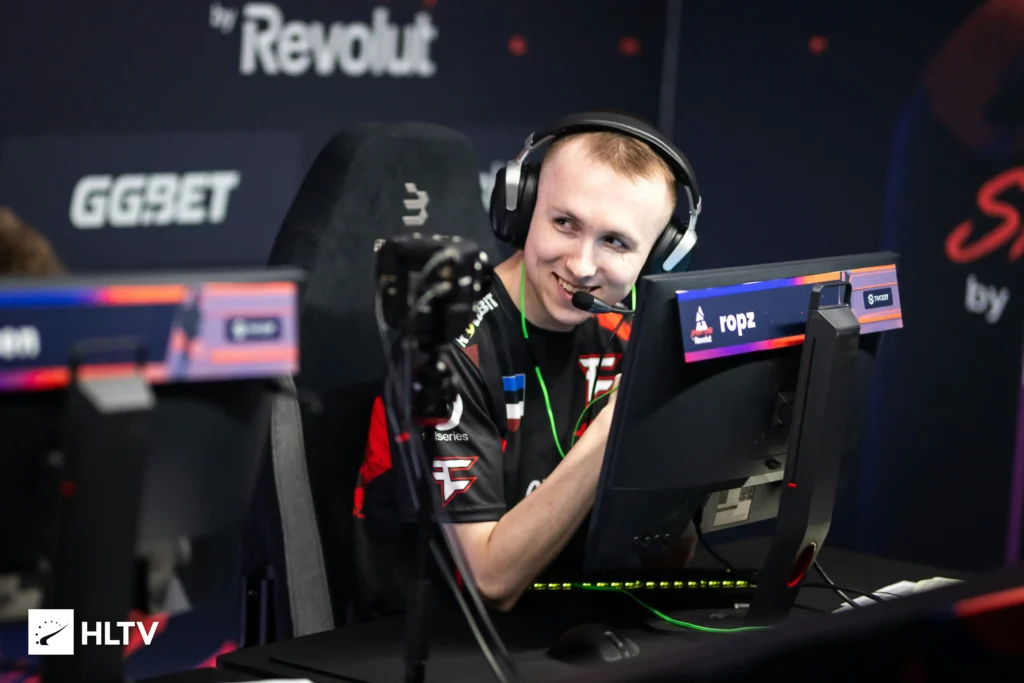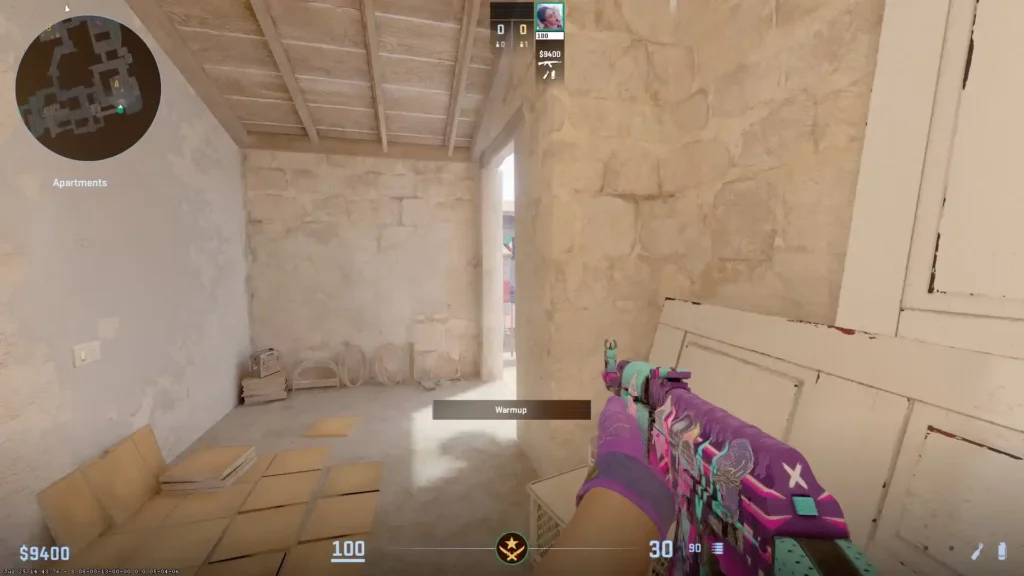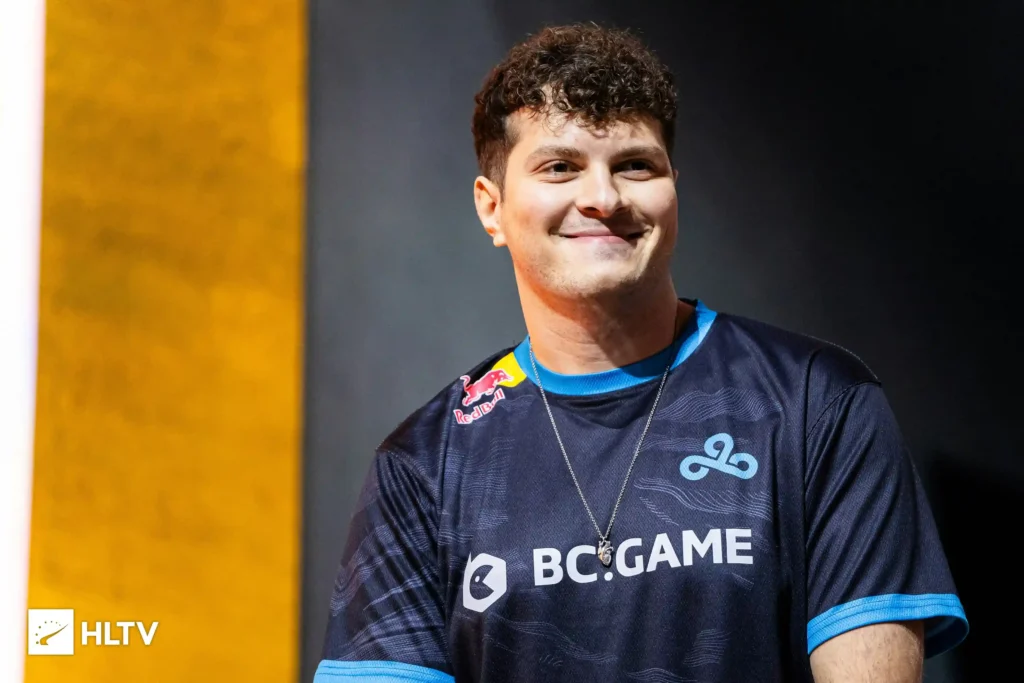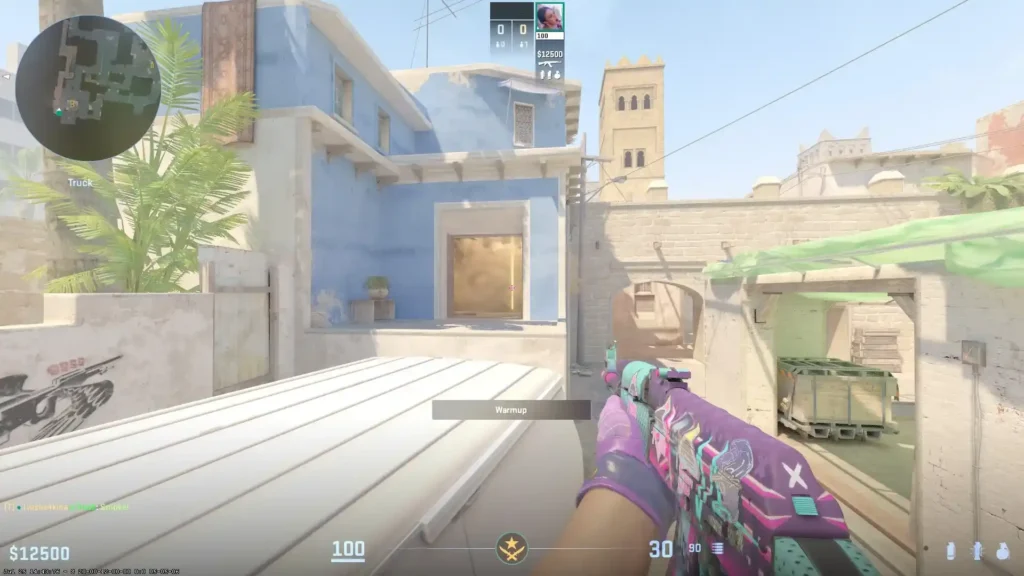Guide to Positions/Roles in Counter-Strike. Part 1: Who are Lurkers, Anchors, and Entry Fraggers?

Just like in any team game, Counter-Strike has a fairly clear division of roles. This mostly pertains to professionals, but even in public matches, each of you performs the functions of one player or another to some extent. It’s primarily about the actions you take during the game, the positions you play, and how you interact with your teammates. To make it clearer, we will thoroughly analyze the nuances of playing certain roles and provide examples of players from the pro scene. In this article, we will cover lurkers, anchors, and entry fraggers.
Lurkers: Covering the Flank and Confusing Opponents

- Top players in this role: ropz, huNter-, Spinx, blameF, Ax1le
The first thing to understand is that playing as a lurker is slightly different when defending versus attacking, so we will consider not only general tasks but also actions relative to each side. The main tasks of a lurker involve gathering information on the map and taking control of a specific area without engaging in unnecessary duels. This can be somewhat compared to the actions of a spy or ninja, sneaking into the enemy’s rear and patiently waiting for an opportunity to strike. Lurkers must be unpredictable and remain unnoticed for as long as possible, but if discovered, they should draw as much attention to themselves as possible. This creates space for their teammates and attempts to pull enemy players toward their position. Most of the time, lurkers secure kills by exploiting positional advantages, such as shooting enemies in the side or back, or engaging in “pixel” shots with minimal open dueling.

When it comes to more detailed actions for each side, you almost always operate solo, separate from the team. As an attacker, you need to take potential entry points to the plant site, such as B apartments on Inferno, A palace on Mirage, radio on Nuke, etc. It’s preferable to occupy positions where you can hear enemy movements to gather information for your team. Occasionally, the defenders play aggressively, attempting to reclaim the area you’ve taken; in such situations, you should surprise them and punish them for such actions. If discovered but still alive, don’t rush to leave the plant site – even focusing one enemy’s attention on your position is a successful result for a lurker. It’s crucial to survive as long as possible and draw the attention of as many opponents as possible: use grenades, shooting, jumps, and baiting in all possible ways.
On the defense side, lurkers usually play close to one of the plants, near entry points. If you hear a lot of noise around you, prepare to take the attack and notify your teammates; if it’s silent, try to take risks, gather as much information as possible, and take control of the territory. The ideal lurker play on defense is to sense the right moment and get behind the enemies.
Anchors: If You're Bored During the Game, It Means They Fear You

- Top players in this role: Perfecto, jks, Magisk, NAF, zont1x
Now let’s move to the less popular role, often undeservedly considered the simplest or even for “weaker” players. On this role, you won’t produce many highlights, and playing with a positive KD (Kill/Death ratio) will be considered a quality result. For some, gameplay in this position is dull, making the role scarce on the pro scene, often played out of necessity. Let’s figure out why this is the case.
Unlike the lurker, this role is more defense-oriented, and there’s no clear understanding of how an anchor should act when attacking. The role involves focusing all attention on one of the sites, usually the B plant. The player must completely control the site and be almost solely responsible for its defense. Smoke and incendiary grenades are the main attributes of this type of player, and teammates should, if possible, drop their smokes and molotovs nearby. Of course, it’s unlikely to hold off opponents with just grenades, so you must always be ready for a firefight. Here, anchors have a slight advantage as enemies will come into their crosshair, but only if you take the right and comfortable position.

Now we smoothly approach the main nuance: most of the time, several opponents will attack the anchor at once, and a 1-for-2 trade will be considered a worthy result, while killing one or two and staying alive is top-notch. As you understand, good opponents, knowing your position after the first kill, are unlikely to let you survive, so the survival of the anchor is the most valuable indicator. There are situations where you won’t see opponents for several rounds, making it difficult to stay in shape and maintain the game tempo. This fact also leads to another essential element of an anchor’s gameplay – clutch situations. If opponents have taken the opposite plant, you either need to retake it (which already puts you at a disadvantage) or go for a save. Now you see why this role is the least favorite: you literally have no options to create a moment yourself and have to adapt to the opponents’ actions.
Entry Fraggers: Freelance Artists with a Combat Mission

- Top players in this role: NiKo, donk, b1t, FL1T, xertioN
From the most boring role to the most spectacular, risky, and truly headline-making one. Players in this role are the crowd’s favorites, the main heroes of highlights, and their impact on the game is the most obvious and visible to the viewer.
Unlike lurkers, entry fraggers gain an advantage through aggressive open actions aiming to get a kill and secure valuable map territory. These players are the first to engage, entering open duels with opponents, hoping for a successful outcome. The hallmark of such players is playing at high speeds, where a significant amount of active actions (grenade throws, kills, etc.) occurs in a short period.
Entry fragging is more of an attacking role, but the best defense is a good offense, so nobody shies away from attempting to gain an advantage even while defending. If you’re lucky with the spawn, your team will certainly expect a quick aggressive move from you and will try to create comfortable conditions for your maneuver with grenades. As for purchases, the focus here is on firepower, to have the most powerful device (up to the sniper rifle if necessary). Some grenades can be left for teammates, and buying defuse kits only if you have extra money since there’s a high chance of dying somewhere in the middle of the map, making it impossible for allies to pick them up. Not being afraid to die is also an important trait, and a weak mental component in this position can significantly affect the team’s results. An entry fragger is the team’s engine, without which it will be difficult to move even along well-trodden paths on the map. Besides a high shooting skill, you need to have a good sense of the model, know how to peek properly, and position your crosshair. Knowing the timings of when you can encounter an opponent and using available “windows” for your maneuvers is very important. Passing through smoke/molotov, entering a site without a single grenade on your side are risks that often pay off for entry fraggers. Almost every action you take is a gamble, but high shooting skills and game sense should tilt the positive outcome in your favor.